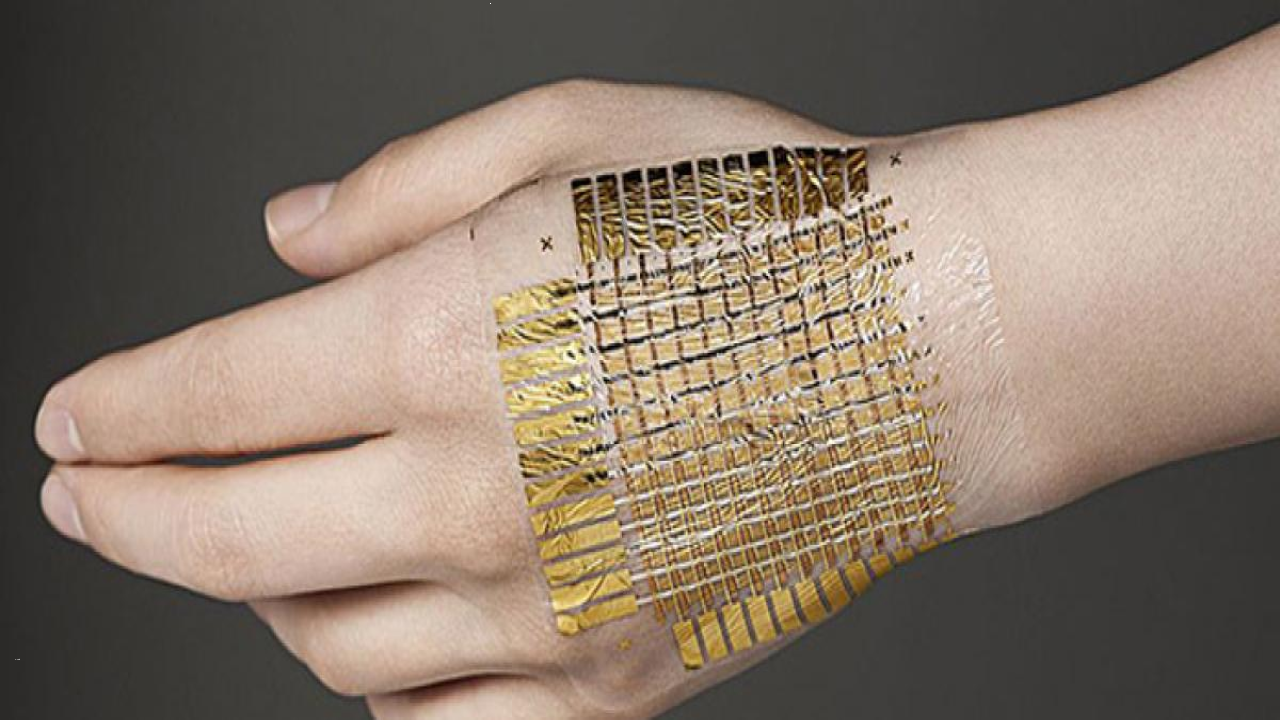Stanford Researchers Develop e-Skin
The human skin is a remarkable organ that possesses the ability to sense various stimuli, from the delicate weight of a butterfly to the warmth or chill of a nearby object. It can even detect the rhythmic beat of a loved one’s heart or interpret gestures of aggression or peace. Unfortunately, individuals with prosthetic limbs often miss out on these sensory experiences. However, a team of researchers from Stanford University’s Bao Research Group has made a significant breakthrough by developing soft, flexible electronic skin that aims to restore these sensations for amputees.
Mimicking Natural Reactions
The primary objective of the developed electronic skin is to emulate the intricate responses observed in human fingers and toes. When poked or exposed to a hot surface, the electronic skin can react by moving away, just like its biological counterpart. This groundbreaking achievement brings scientists one step closer to replicating the delicate yet powerful sensory capabilities of human skin.
Transmitting Sensory Information
One of the most remarkable aspects of this electronic skin is its ability to transmit electrical signals directly to the wearer’s brain. These signals allow amputees to regain a sense of pressure, strain, and even changes in temperature. By employing soft integrated circuits, the electronic skin converts sensory information, such as pressure and temperature, into electrical signals that mimic nerve impulses. This innovative approach opens up new possibilities for providing sensory feedback and enhancing control in prosthetic limbs.
Promising Results
In a compelling experiment, the electronic skin was tested on a rat. By connecting the electronic skin to the rat’s somatosensory cortex, the region of the brain responsible for processing physical sensations, researchers observed fascinating outcomes. When the electronic skin was stimulated through touch, it generated electrical signals that were transmitted to the rat’s brain. These signals then passed through an artificial synapse and reached the rat’s sciatic nerve located in its leg, leading to a twitching motion of the limb.
Future Prospects
Looking ahead, the researchers aim to refine the technology further. They envision a less invasive system that does not require implantation into the brain. Instead, they propose an implant in the peripheral nervous system as an alternative. This approach would not only enhance the feasibility of the technology but also ensure greater accessibility for individuals who have lost their limbs.
Overcoming Limitations
Currently, the electronic skin requires a wired connection to an external power source. However, the researchers are dedicated to overcoming this limitation. Their ultimate goal is to develop a wireless device that can operate on just 5 volts while still providing the ability to detect stimuli similar to real skin. This advancement would significantly improve the functionality and user experience of the electronic skin.
Month: Current Affairs - May, 2023
Category: Science & Technology Current Affairs


